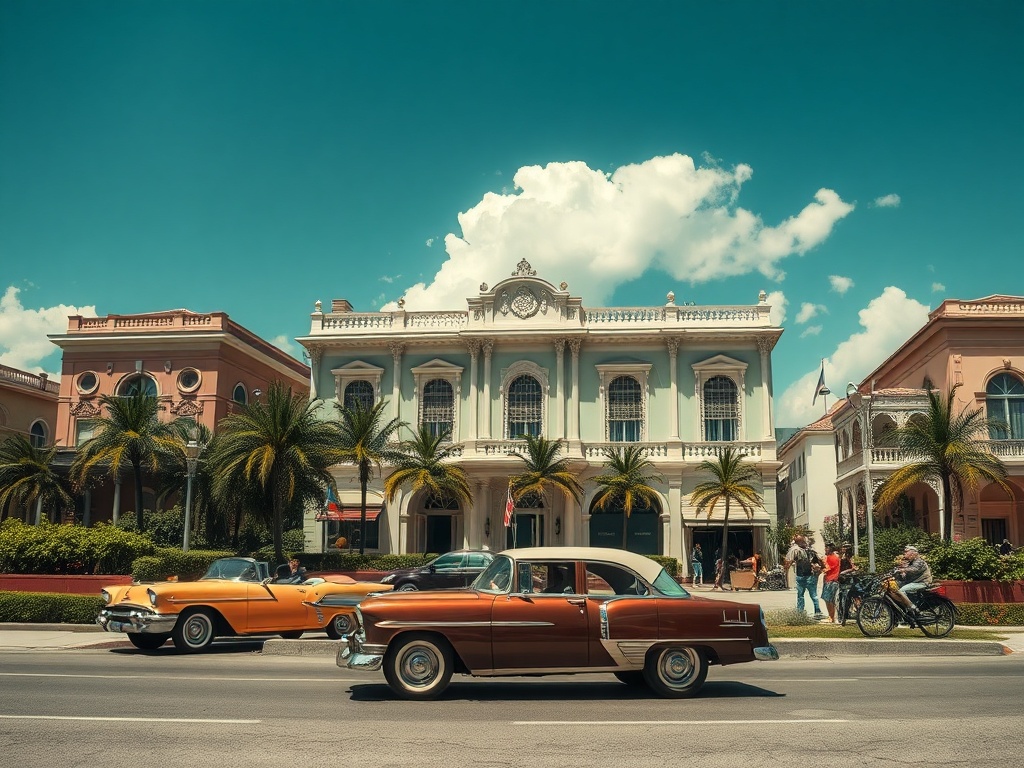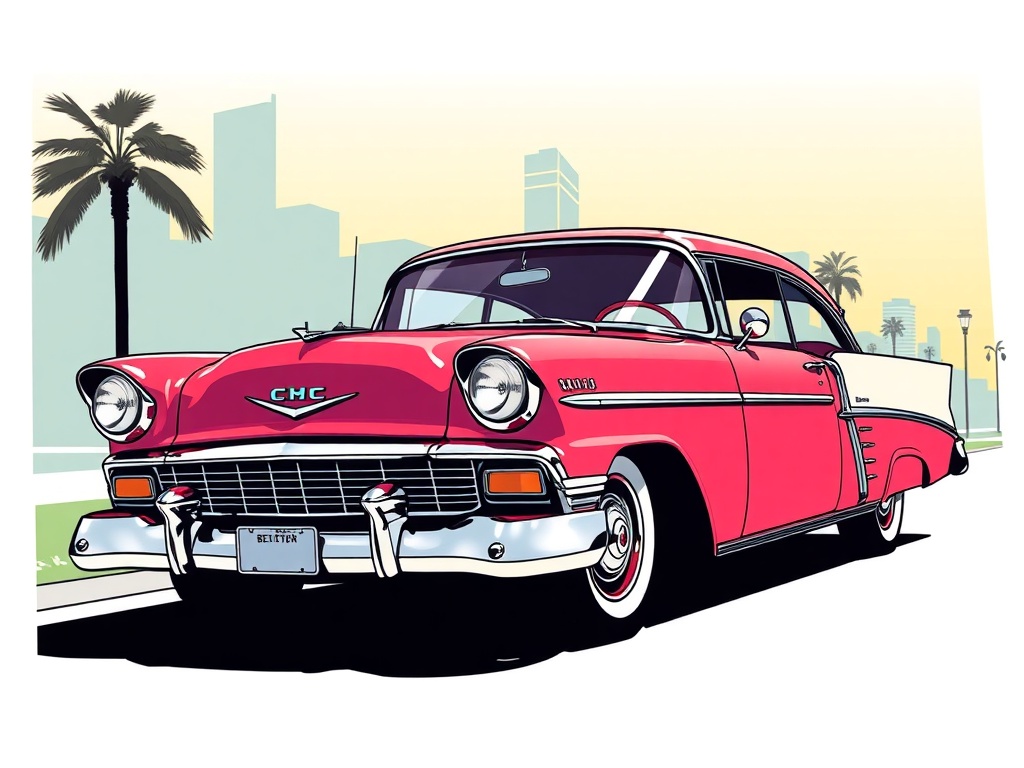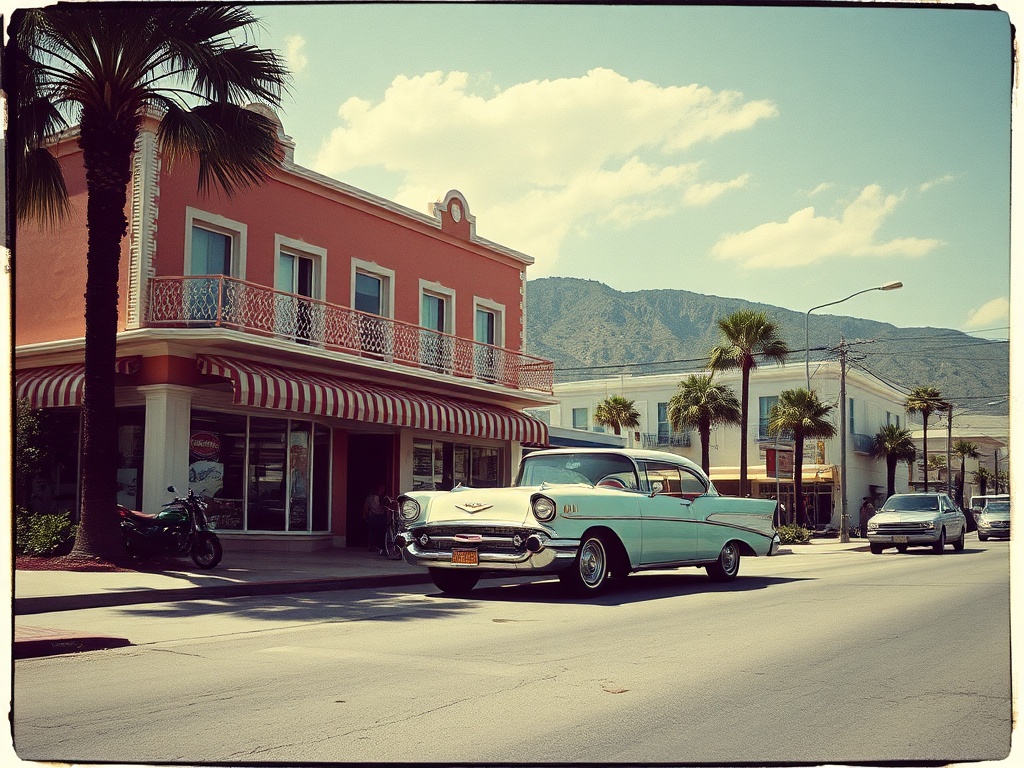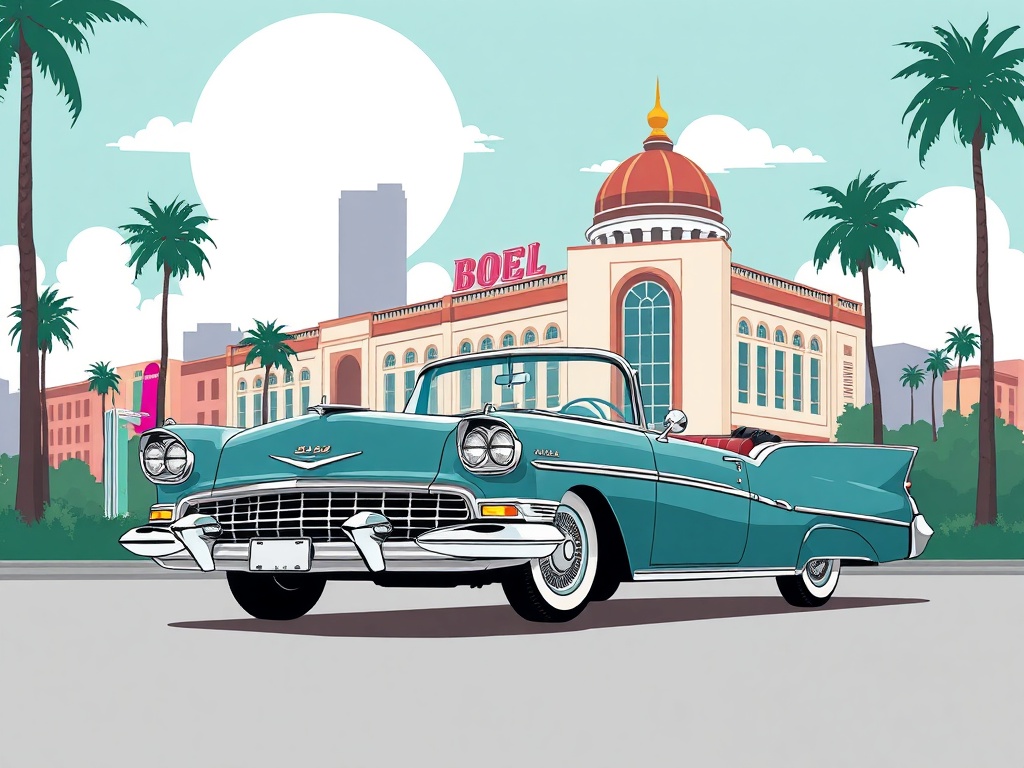Bel Air keeps a unique place in the public imagination: a hillside enclave where lush canyons meet manicured estates, and urban convenience sits behind gates and mature landscaping. Whether you’re drawn by architecture, privacy, or proximity to cultural amenities, this neighborhood offers a blend of Los Angeles glamour and quiet, leafy refuge.
Real estate and architecture
Bel Air’s real estate market is defined by scarcity and diversity.
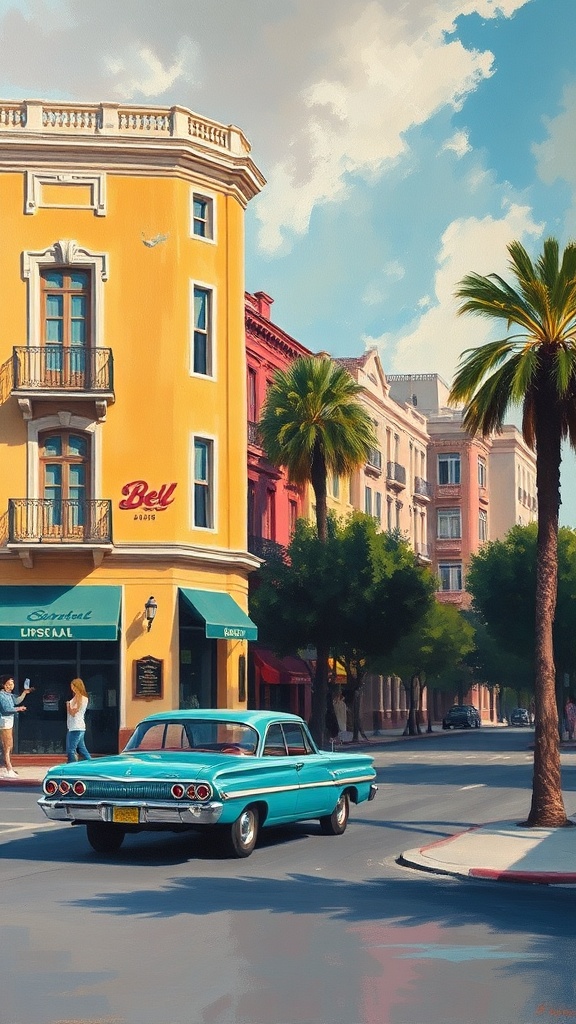
Properties range from classic Mediterranean villas and stately traditional homes to clean-lined modern masterpieces and restored mid-century designs.
Large lots, significant elevation changes and canyon settings give each property distinct character—views, privacy and outdoor living spaces are often the primary selling points.
Renovation is common, but so are thoughtfully executed teardowns that make way for custom builds. Buyers and owners should factor in hillside engineering, drainage, and long-term landscape maintenance when weighing costs.
Lifestyle and amenities
Life in Bel Air is oriented around privacy and convenience. The neighborhood includes tucked-away restaurants, boutique hotels with refined dining and outdoor terraces, and several exclusive clubs. For more diverse shopping and nightlife, nearby neighborhoods supply high-end retail, cinemas and a wider restaurant scene.
Cultural destinations and scenic drives are within easy reach: museum campuses, botanical parks, and iconic scenic roadways provide weekend options that feel close but not crowded.
Outdoor space and environment
Bel Air’s canyons and mature trees are central to its appeal. Franklin Canyon Park and other nearby green spaces offer trails, ponds and a surprising sense of wilderness within the city grid. For homeowners, sustainable, drought-tolerant landscaping is both practical and increasingly preferred—native plants, smart irrigation and fuel-reduction strategies enhance resilience while keeping yards beautiful. Hillside properties also require attention to wildfire preparedness and water management; professional landscaping and defensible-space planning become essential for long-term stewardship.
Community and preservation
A strong community ethos informs planning and preservation efforts. Local associations often engage on traffic, zoning, and canyon protection issues, balancing development pressures with the desire to preserve neighborhood character and natural habitats. Architectural controls in some sections aim to maintain scale and sightlines, while individual homeowners pursue projects that harmonize with the landscape.
Practical tips for visitors and buyers
– For visits: respect private property and gate protocols; many noteworthy homes are best admired from public viewpoints or during curated house tours when available.
– For buyers: work with a realtor experienced in hillside properties; get thorough geotechnical and environmental inspections; budget for landscaping, privacy measures and possible retrofit work.
– For homeowners: prioritize drainage, slope stabilization and defensible space—these reduce risk and protect property values.
Bel Air continues to attract those who want upscale living wrapped in greenery, with swift access to city amenities.
The neighborhood’s enduring draw lies in that contrast—privacy and panoramic settings coupled with cultural and commercial convenience nearby—making it a distinctive part of the urban landscape that rewards careful stewardship and tasteful design.
